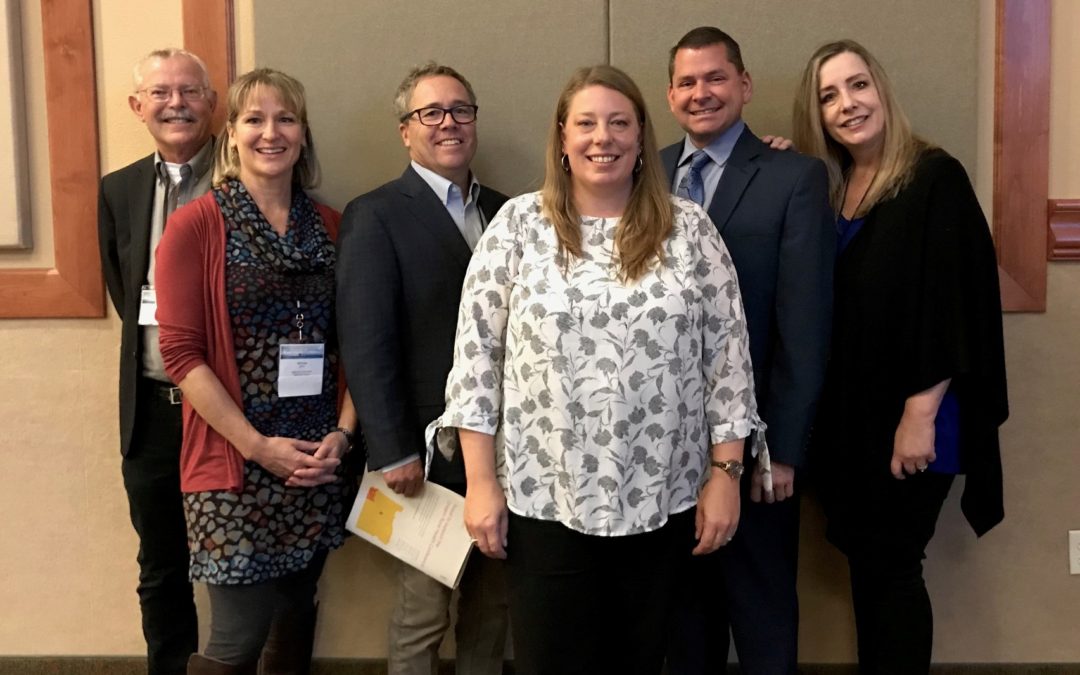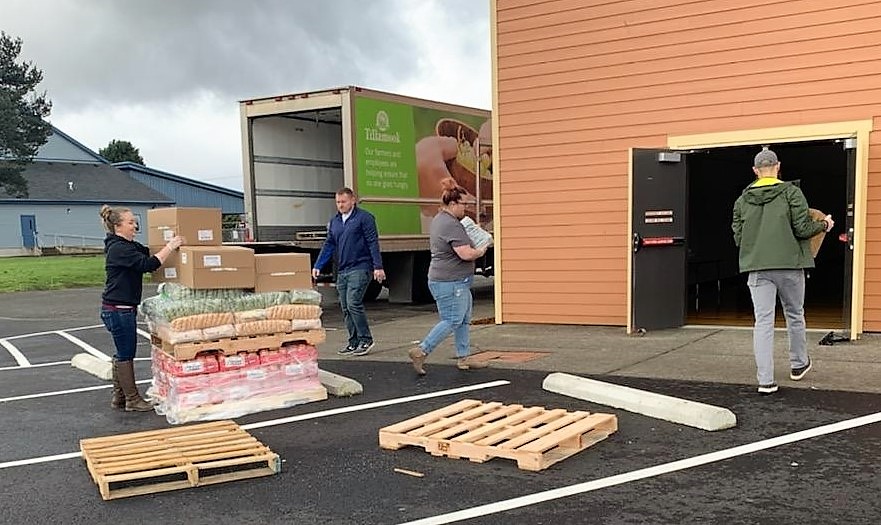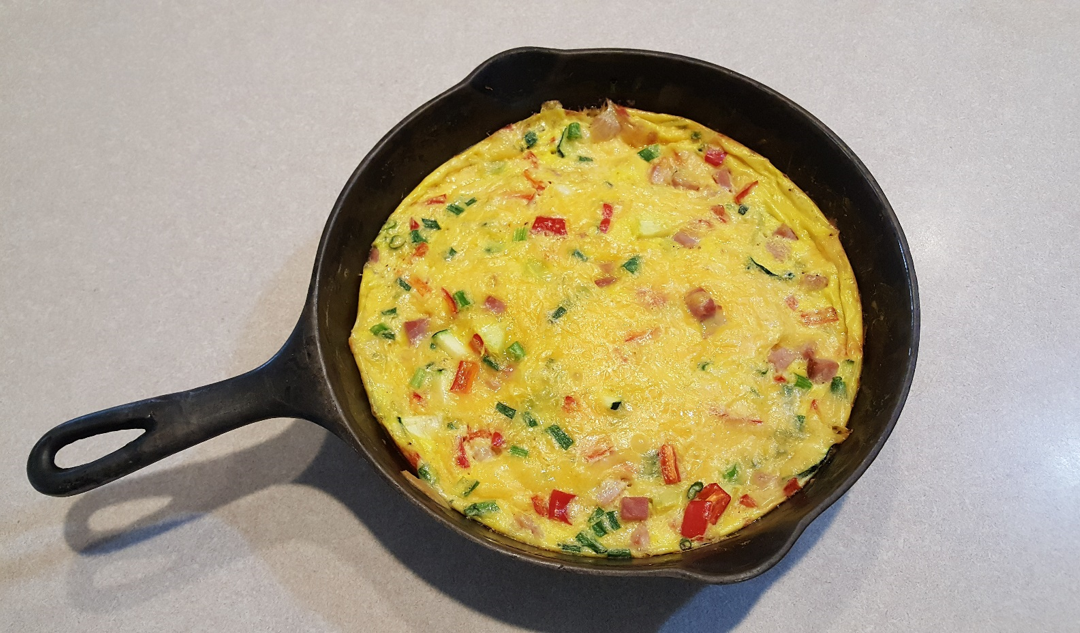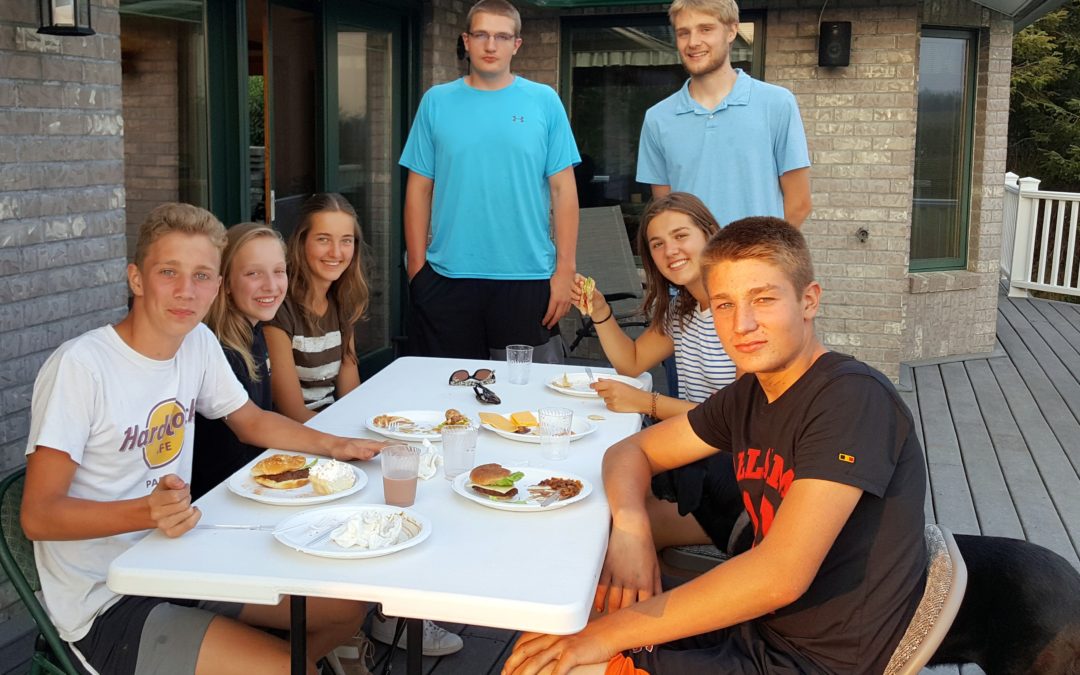
What Drives Health?
We have seen many news media reports in recent months referencing the topics of underlying health conditions and health disparities. Factors underlying these issues are varied, complex and heavily intertwined. Tillamook County Wellness uses data and best practices to influence those factors in ways that lead to improved health for all people, especially those with a higher risk of developing chronic health conditions, such as type 2 diabetes. As a program of Tillamook County Public Health, our partners work to improve health drivers at every level so that people can live happier, healthier lives. This involves strategies from multiple approaches and an understanding of what drives health at individual, population and public levels.
Population Health vs. Individual health – They are tied together! Individual choices, attitudes, and behaviors impact both our personal health and the health of our community. Individual behaviors contribute to cultural norms and these can be “contagious.” The more we see people doing something, the more likely we are to do the same thing.
Population Health vs. Public Health – Both work to improve the health of the public itself and fall under the umbrella of the field of health systems work.
Population health is a broad focus on understanding the conditions and factors that influence the health of populations over lifetimes. Population health also measures patterns and implements policies for the overall health and wellbeing of society. Healthcare professionals work to improve the health of populations by preventing disease, promoting healthy lifestyles, and addressing health inequities. Some outcomes that population health responds to are improving the health of the people with limited resources, implementing cost-effective strategies to address health disparities, and developing practice guidelines for practitioners. Providers use population health solutions to identify risk factors and coordinate specific care needs for patients.
Public health – According to the American Public Health Association (APHA), Public Health promotes and protects the health of people and the communities where they live, learn, work and play. Public Health works on a more personal level than population health. It promotes wellness to the public by encouraging patients to live healthier lives. Public Health workers also educate people to help prevent unhealthy habits, like smoking and substance use, from getting out of control. For example, social workers, nurses and caseworkers work with the healthcare industry in providing government assistance and counseling to the public under the public health umbrella.
Our community Wellness work combines facets of population and public health when addressing the health of our community. We follow the CDC’s research-based guidelines based on numerous factors that drive health.
Health Is More Than Health Care!
Health is more than what happens at the doctor’s office. A wide range of factors influence how long and how well we live from education and income, to what we eat and how we move, to the quality of our housing and the safety of our neighborhoods. For some people, the essential elements for a healthy life are readily available; for others, the opportunities for healthy choices are significantly limited.
According to the CDC, health care provided in a clinic setting accounts for less than 20% of our health. Our community and environment and social determinants of health, like housing, access to healthy food, income, educational attainment, and social supports among other things, can account for more than 50% of our health outcomes. Even outpacing genetic predispositions.
Across the country there are significant differences in health outcomes, from one county to the next, from one state to the next, and among racial/ethnic groups. For example, Blacks, Native Americans and Hispanics have consistently faced barriers to opportunity and good health. Increasing opportunities for everyone can reduce gaps in health. For example, providing better access to high-quality education and enrichment opportunities boosts skills that are key to landing a good job and for upward economic mobility. Additionally, early childhood care and education, good nutrition, physical activity and social-emotional learning contribute to significantly better health later in life.
Health equity means that everyone has a fair and just opportunity to be as healthy as possible. This requires removing obstacles to health such as poverty and discrimination, and their consequences, including powerlessness and lack of access to good jobs with fair pay, quality education and housing, safe environments, and health care.
Health disparities are differences in health or in the key determinants of health, such as education, safe and affordable housing and food security.
We are fortunate there are many dedicated and highly energized community partners working to improve community conditions for inclusive and equitable access to better health. There is more work to be done.
We want to be part of the solution to address community and population health! Tillamook County Wellness is committed to bringing people together to look at the many factors that influence health, and to pursuing strategies that can improve health for all and to make changes that will have a lasting impact. If you’d like to join us, please email us at info@tillamookcountywellness.org.
For more local health and wellness information, visit tillamookcountywellness.org or follow Tillamook County Wellness on Facebook, Instagram and Twitter.




